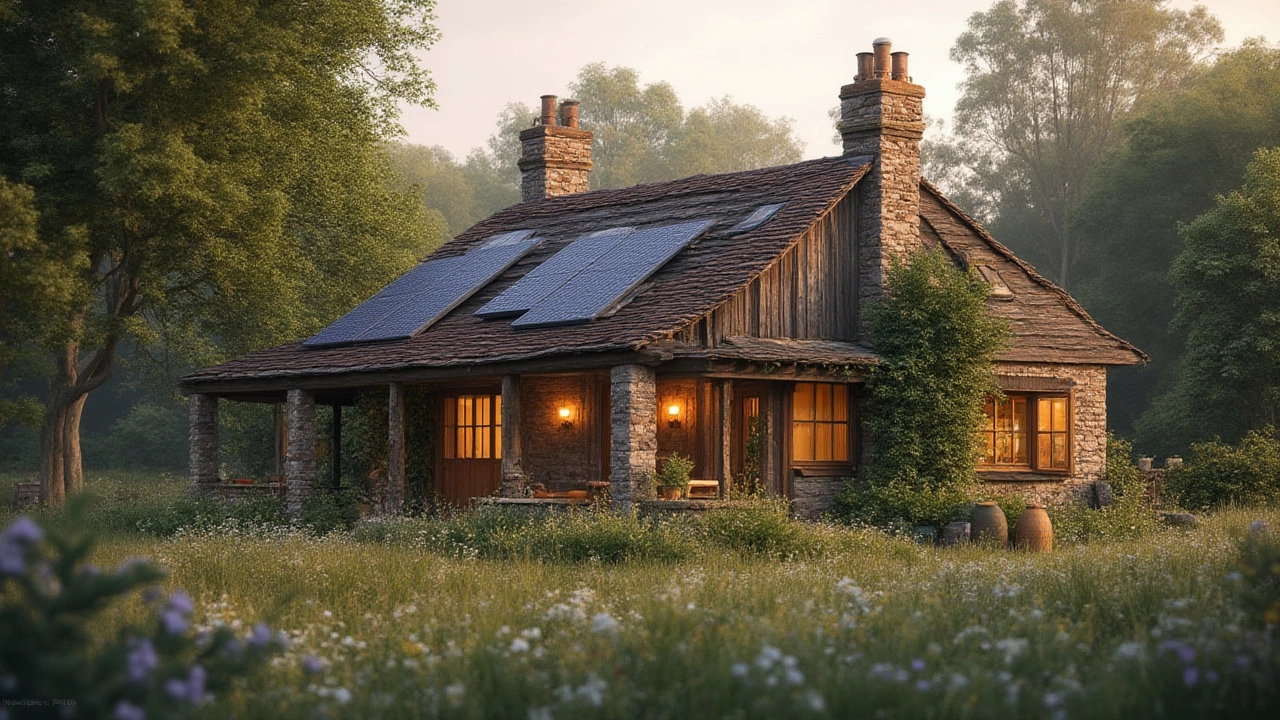Eco‑Friendly Building Materials for a Greener Home
Going green doesn’t have to be a headache. With the right materials you can cut carbon, save money and make your house feel healthier. Below are the most useful options you can find in the UK, plus simple steps to use them.
What to Look for When Choosing Materials
First, check the material’s whole‑life impact. Ask yourself: how much energy was used to make it, can it be recycled, and does it improve indoor air quality? Materials that score well on these questions usually earn a BREEAM or Passivhaus badge. Second, think about local availability. The closer the source, the lower the transport emissions and the cheaper the price.
Third, balance performance with price. Some eco products feel pricey upfront but last longer, meaning lower replacement costs. Keep an eye on warranties – a 20‑year guarantee on timber or insulation often signals a solid green choice.
Top Sustainable Materials You Can Use Right Now
1. Hemp‑lime blocks – Made from the stalk of the hemp plant mixed with lime, these blocks are lightweight, fire‑resistant and regulate humidity. They’re great for walls in new builds or extensions.
2. Recycled timber – Sourced from old barns, pallets or demolition sites, recycled wood keeps forests intact and gives a unique character to floors and beams. Look for FSC‑certified suppliers.
3. Hempcrete insulation – A mix of hemp shives, lime and water, hempcrete offers excellent thermal performance and breathability. It’s especially useful for retrofits because it can be applied over existing walls.
4. Straw‑bale walls – Packed tight, straw bales act like a natural cushion, keeping homes warm in winter and cool in summer. You’ll need a good plaster finish, but the material itself is cheap and abundant.
5. Low‑carbon concrete – Replace up to 30 % of cement with fly ash, slag or calcined clay. This cuts CO₂ emissions dramatically while keeping strength for foundations and slabs.
These options aren’t exhaustive, but they cover the most common projects – from building a new cottage to upgrading an old loft.
When you’re shopping, ask suppliers for a Environmental Product Declaration (EPD). It’s a data sheet that shows the material’s carbon footprint, helping you compare products side by side.
Don’t forget the simple stuff: use reclaimed bricks for garden walls, choose water‑based paints, and install LED lighting. Every small decision adds up to a greener home.
Finally, consider a mixed approach. A house can combine recycled timber floors with hemp‑lime walls and low‑carbon concrete foundations. This spreads the cost and maximises environmental benefits.
Ready to start? Make a list of the rooms you’ll work on, pick one material from each category, and get quotes from at least two local suppliers. You’ll see that sustainable building is more reachable than many think.
Remember, going eco isn’t a one‑off project – it’s a habit of choosing better, lighter options whenever you can. Your home will thank you with lower bills, a healthier atmosphere and a smaller carbon badge.
Best Eco-Friendly Building Materials for Sustainable Homes
Discover the most eco-friendly building materials for sustainable homes. Learn what makes a material green, get facts, tips, and real-life examples for eco-friendly cottages.
What Building Materials Are Not Eco-Friendly? Top Materials To Avoid
Discover which common building materials are far from eco-friendly and how they harm the planet. Learn practical tips to make cleaner choices for any project.

